
Implementing Six Sigma and Lean
A Practical Guide to Tools and Techniques
ISBN: 9781856175203
Pages: 376
Read or listen offline
Amazon KindleRecommendation
Experienced manager and lecturer Ron Basu lists tools and techniques you can implement to make the best use of Six Sigma and Lean Manufacturing, two major quality-control programs. He covers the basics for each phase of quality control and defines ongoing measurements you can use to sustain your improvements. Basu provides a good catalog of tactics, including definitions, instructions, training requirements and precautions. He also cites case studies and a useful history of quality programs. Basu emphasizes his own “Fit Sigma” technique, more as a supercharger for Six Sigma than as a replacement. As helpful as the book is, its list-oriented structure and poor editing create stumbling blocks. You may need to reread some passages to figure out the meaning (not that this is a book you would speed read anyway). Still, getAbstract finds that it is a useful background directory – and could be far more than that for Six Sigma and Lean specialists, who will find it more accessible.
Summary
About the Author
Ron Basu held senior management positions at such corporations as GSK and Unilever. A director at Performance Excellence Ltd., he teaches at the Henley Business School and ESC Lille.








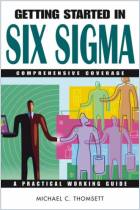
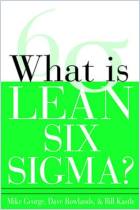

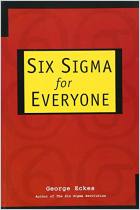
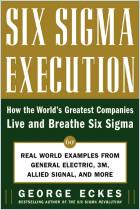
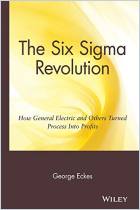




Comment on this summary